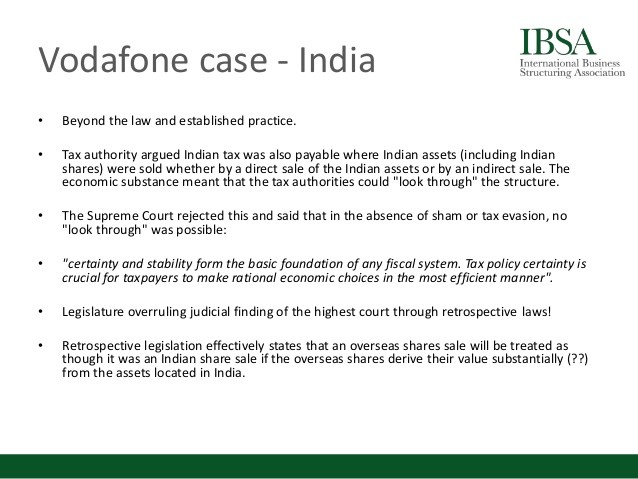Know the Tax Impact When Disposing of Capital Assets
Post on: 16 Март, 2015 No Comment

When you sell, scrap, or otherwise remove a capital asset from your business, you’ll have to report the change to the IRS. The good news is that long-term capital gains are taxed at a lower rate than other income, and if you have a loss on the property, you can deduct it. The bad news is that you may have ordinary income as a result of expensing or depreciation. And, you may find yourself subject to the 3.8 percent tax on Net Investment Income.
When you dispose of a capital asset. you must report the disposition to the IRS. The amount of tax that you will owe depends on a number of factors. Among these factors are the following:
- Whether you had a gain or a loss on the sale
- How long you owned the asset
- The type of asset (Special rates apply to particular types of assets.)
- Your income (Higher income taxpayers face higher capital gain tax rates.)
- Your taxable income (This may also trigger liability for the new 3.8 percent net investment income (NII) Medicare tax.)
- Whether depreciation recapture is required
- Whether you receive the payments in one year or spread over a number of years
This article, and its two companion articles (Net Investment Tax Hits Higher Income Taxpayers and How to Compute Capital Gains/Losses), address tax issues that you will face when you dispose of capital assets.
The like-kind exchange rules may help you avoid tax liability when you dispose of business property. In some cases, if you trade business property for other business property of the same asset class. you do not need to recognize a taxable gain or loss.
Instead, you’ll be treated as making a nontaxable like-kind exchange, in which the tax basis of the old property becomes the tax basis of the new property.
Consult your tax adviser for more details if you think you may want to arrange a like-kind exchange, since there are some very complicated rules to follow.
Is Gain Long-Term or Short-Term?
Property that is held for one year or less is considered to be held on a short-term basis. Any short term gain that is not offset by losses or long-term capital gain is taxed at ordinary income tax rates.
Property held for more than one year is considered long-term property. This gain (after all gains and losses are netted together) will generally be treated at the far more favorable long-term capital gains.
Capital Gains Rates Are More Favorable
For most people and most types of property the long-term capital gains rate is 15 percent. However, different rates apply to both lower-income and higher-income taxpayers, based up the marginal tax rates. In addition, certain types of property are taxed at a different rate.
Lower-income taxpayers. If you are in the 10-percent or 15-percent tax bracket, then your capital gains tax rate is zero percent.
Higher-income taxpayers. If you are in the 39.6 percent tax bracket, your capital gains tax rate will be 20 percent, beginning in 2013.
For 2013, the 39.6 percent rate applies to unmarried taxpayers with taxable income over $400,000; married taxpayers who file jointly with income over $450,000; and heads of household filers with incomes over $425,000. These amounts are indexed for inflation beginning in 2014. In 2014, the 39.6 percent rate starts at $406,750 for unmarried taxpayers and $456,600 for joint return filers.
Collectibles. such as stamps, antiques, gems, and most coins, are taxed at 28 percent, regardless of how long they are held and the taxpayer’s tax bracket.
Qualified dividends (those received from most domestic corporations and certain foreign corporations) are taxed at capital gains rates, rather than at ordinary income rates.
This lower taxation rate for qualified dividends provides a strong incentive to operate your business as a corporation. Compensation received from a corporation can be divided between salary and dividends. This means the dividend portion will likely be taxed at the capital gains rate, which is inevitably lower than your ordinary income tax rate.
What’s more, you will not owe self-employment tax on the dividend portion of the payments. And, if you are actively involved in your business, these dividends are not included in determining liability for the new 3.8 percent net investment Medicare tax.
If you hold, or purchase, qualified small business stock, you may be able to exclude a significant portion (if not all) of any capital gain from your income. There is a special tax break designed to help qualifying small C corporations raise capital by allowing long-term, non-corporate investors in original issue stock to cut the tax on their profit.














